Dead Star Glitches Key To Decoding Mysterious Deep Space Signals
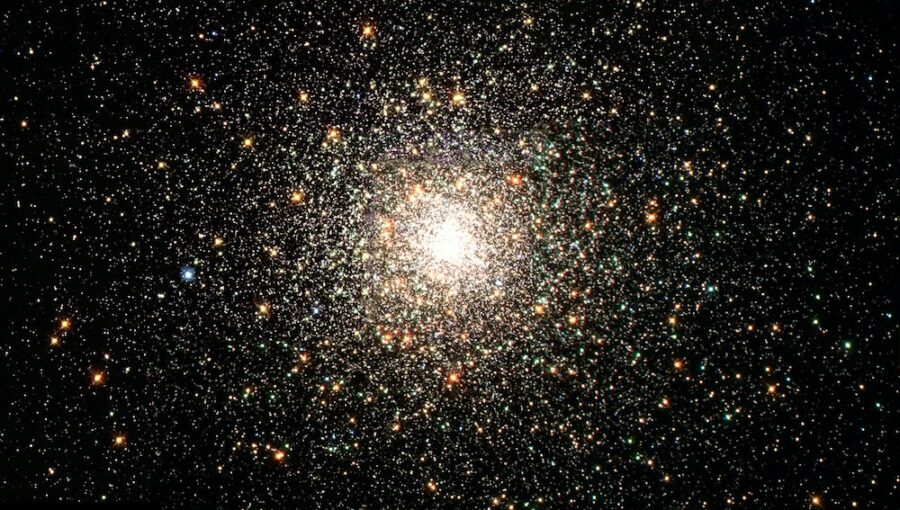
The astronomical community is abuzz over a groundbreaking discovery spurred by NASA’s powerful X-ray telescopes, one shedding light on enigmatic phenomena: fast radio bursts (FRBs). FRBs, for those not employed by NASA, are intense bursts of cosmic radio waves; each lasts a mere fraction of a second, yet they have puzzled scientists immensely for generations.
Fast Radio Bursts
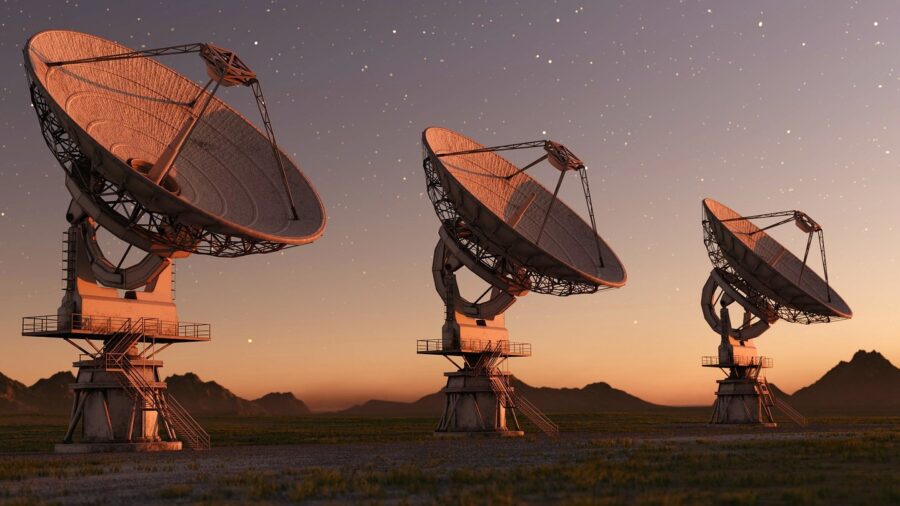
Thankfully, though, a recent observation of a fast radio burst from a magnetar (a type of dead star) inside our own galaxy offered incredible clues—insights finally illuminating the mysterious signals from deep space.
By utilizing two hyper-advanced X-ray telescopes, NASA astronomers captured the enigmatic, erratic magnetar behavior just before and after it emitted a burst of radio waves, as bright as they were brief.
Unprecedented Observation

The observation is unprecedented: it marks a major step forward in deciphering the actual origins of fast radio bursts. Yes, FRBs are notoriously fleeting—but (fun fact alert) they release as much energy in a millisecond as the Sun does in an entire year.
It may sound straight out of sci-fi, but the light emanated by FRBs forms a laser-like beam that distinguishes them from other cosmic explosions.
Immense Challenge
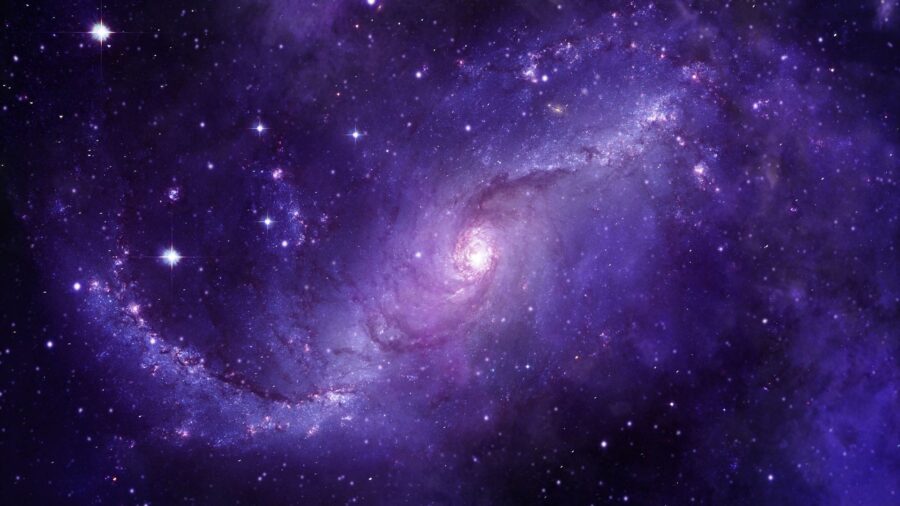
Because FRBs only reveal themselves instantaneously, tracing and identifying the source has been an immense challenge. All traced FRBs have originated outside our galaxy until recently, making it exceedingly difficult to pinpoint their cause.
However, 2020 commemorates the year of a game changer, when scientists detected a fast radio burst released from a “local” magnetar with the catchy name of SGR 1935+2154.
Like a friendly neighbor, 1935+2154 emerged inside of the Milky Way. A major breakthrough, this event extended a rare opportunity for direct observation and study of the source of an FRB.
NASA To The Rescue

Then, in October of 2022, SGR 1935+2154—clearly wanting to socialize—offered another FRB, one meticulously studied by NASA’s NICER (Neutron Star Interior Composition Explorer) and NuSTAR (Nuclear Spectroscopic Telescope Array).
The two telescopes scrutinized the magnetar’s surface and surroundings before and after the burst. Their insights revealed much of the dramatic, until-then unobserved processes at play, revealing the fast radio burst occurred amidst rapid changes in the magnetar’s spin rate.
These speedy alterations, referred to as “glitches,” proved crucial to understanding the process of FRB generation.
Density And Gravitational Pull
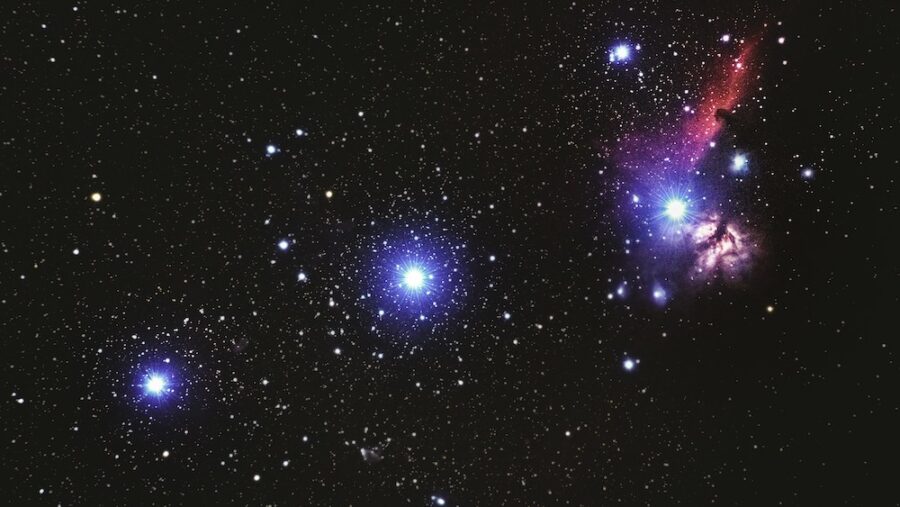
For contextual help, it’s worth considering the physics of magnetars, which are neutron stars containing extremely dense cores. Their cores are so dense, in fact, that a teaspoon of their material would weigh about a billion tons on Earth.
Unsurprisingly, this density eventuates a powerful gravitational pull, as well as a volatile surface, one regularly releasing bursts of X-rays and gamma rays. Correlatively, researchers recorded an uptick in such activity prior to the notorious 2022 FRB. All of which implies that a build-up of energy itself precipitates a generation of fast radio bursts.
Intense Study
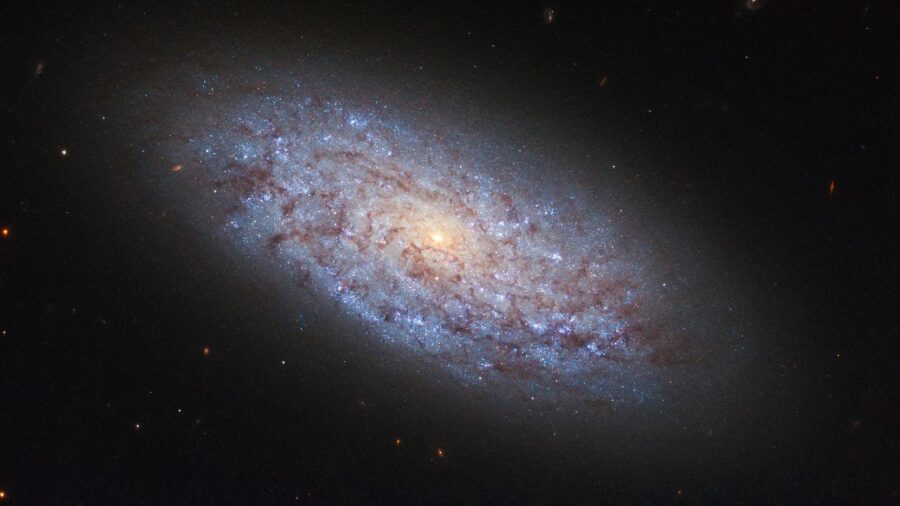
The epoch-changing study was published in the February 14 edition of the esteemed journal Nature. It underscores the vital importance of NASA’s telescopes coordinating to monitor the short-lived but extremely important events taking place in our cosmos.
However, though the recent observations offer significant insights into the mechanics behind FRBs, many questions nonetheless linger. Ultimately, the fascinating interplay of factors engendering the production of fast radio bursts continues to be subject of intense study.
Source: Nature












